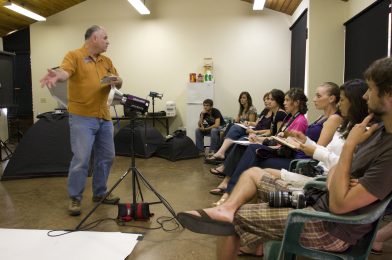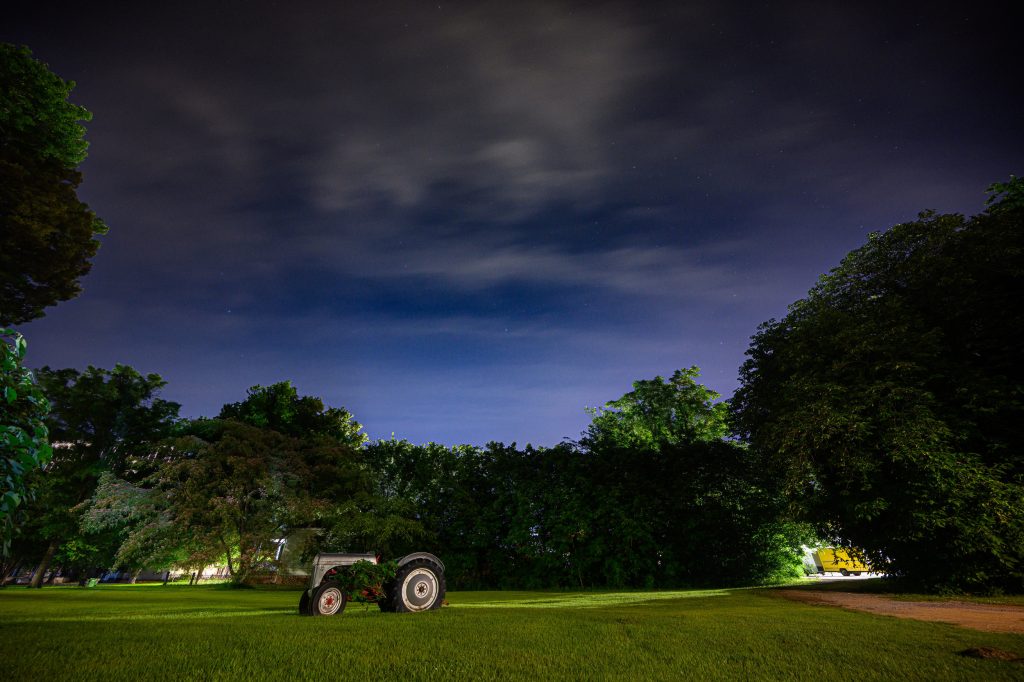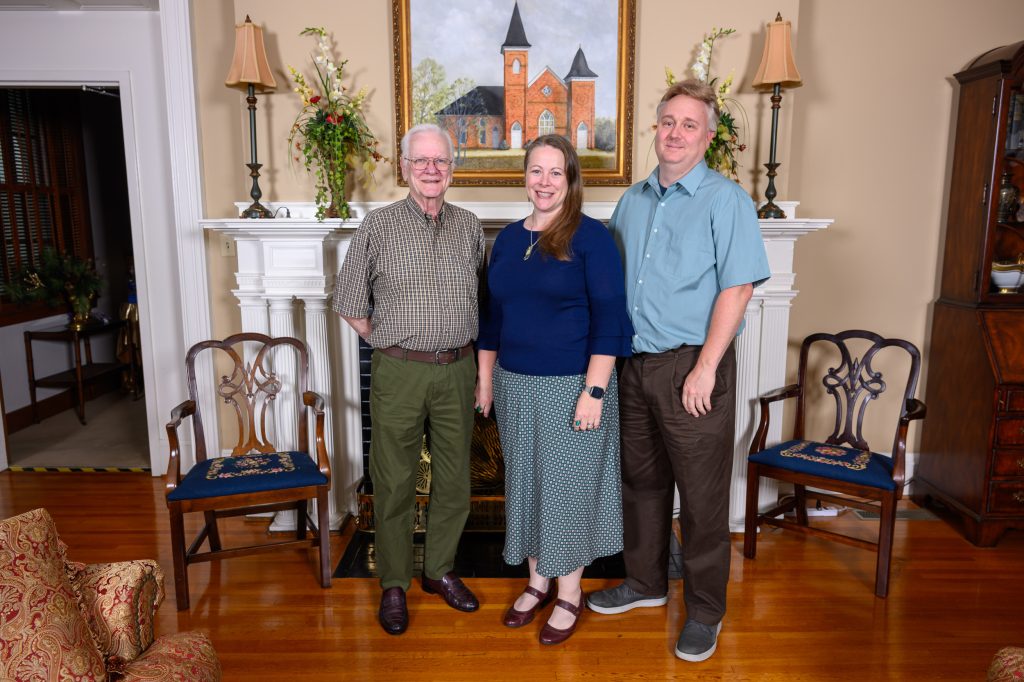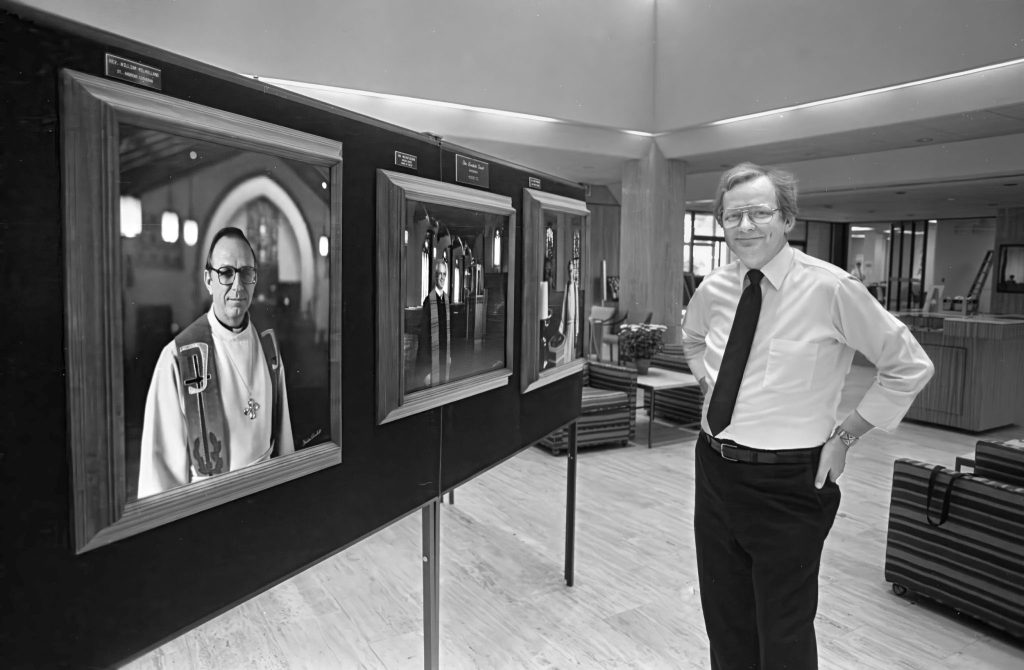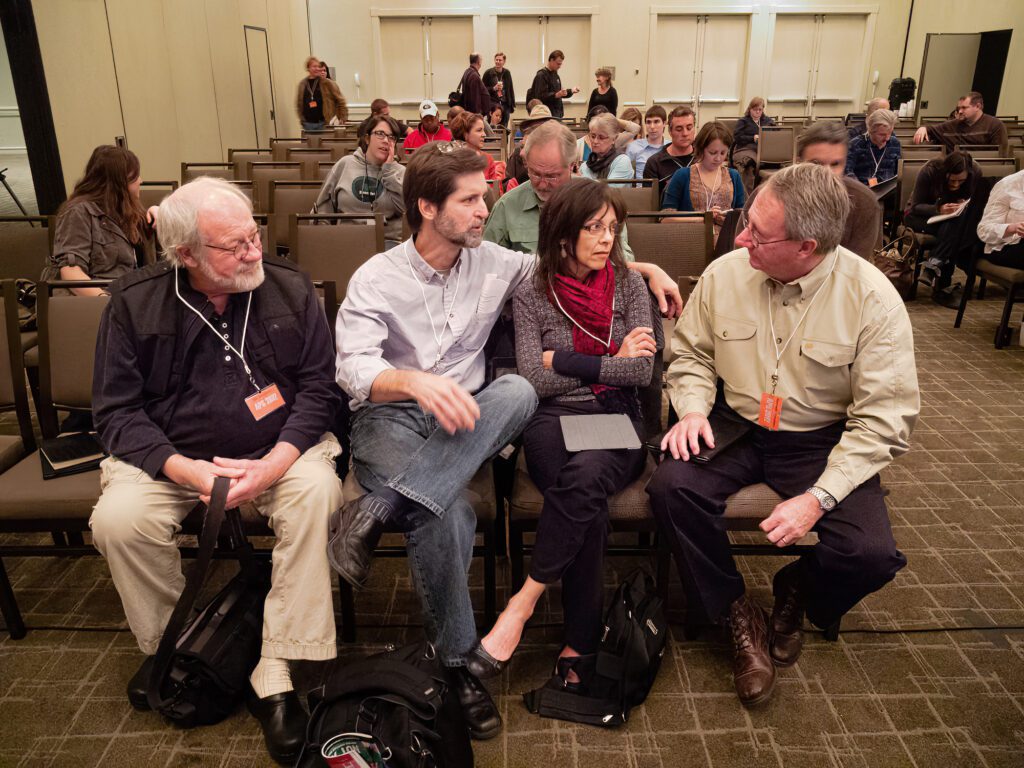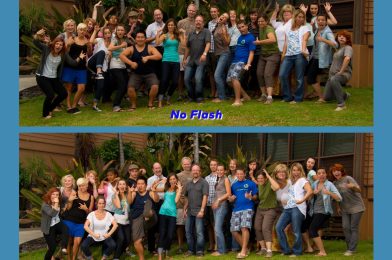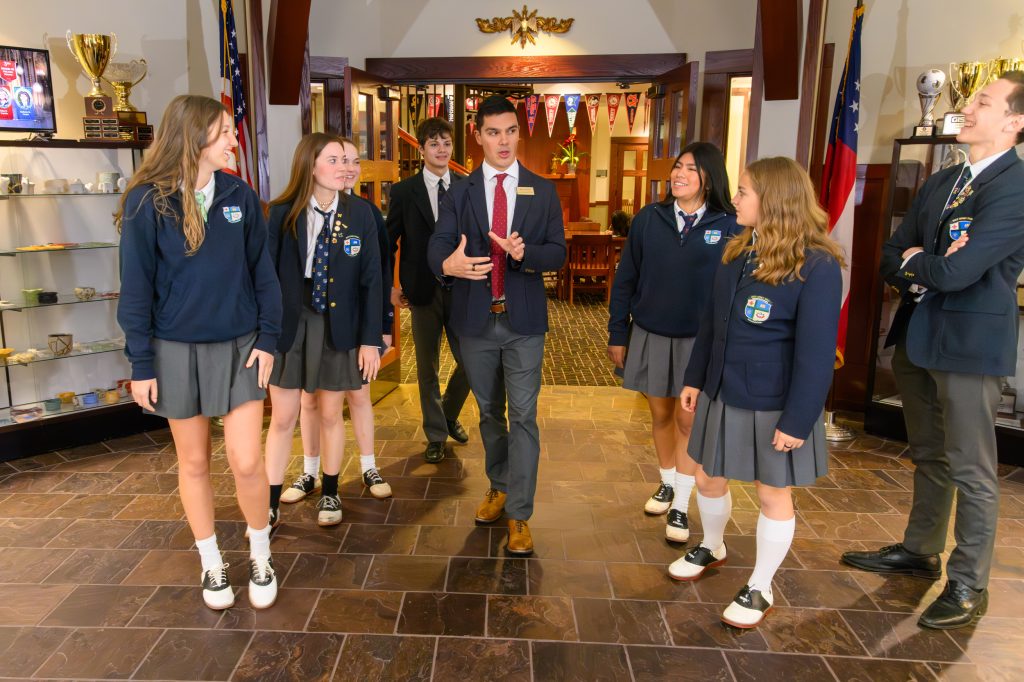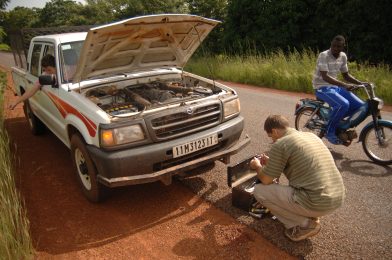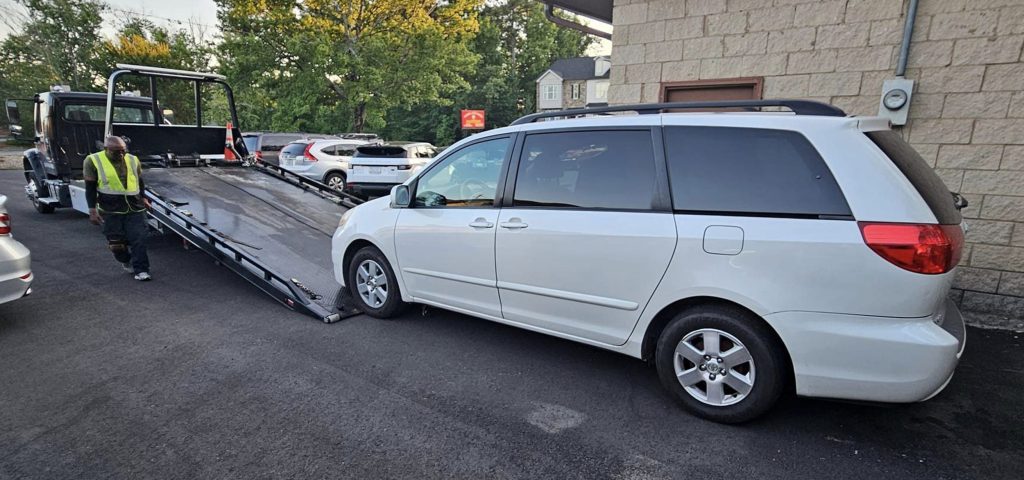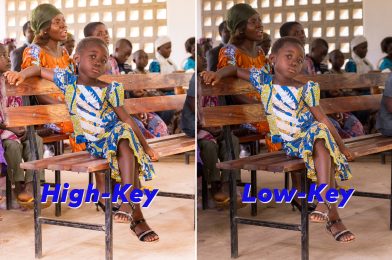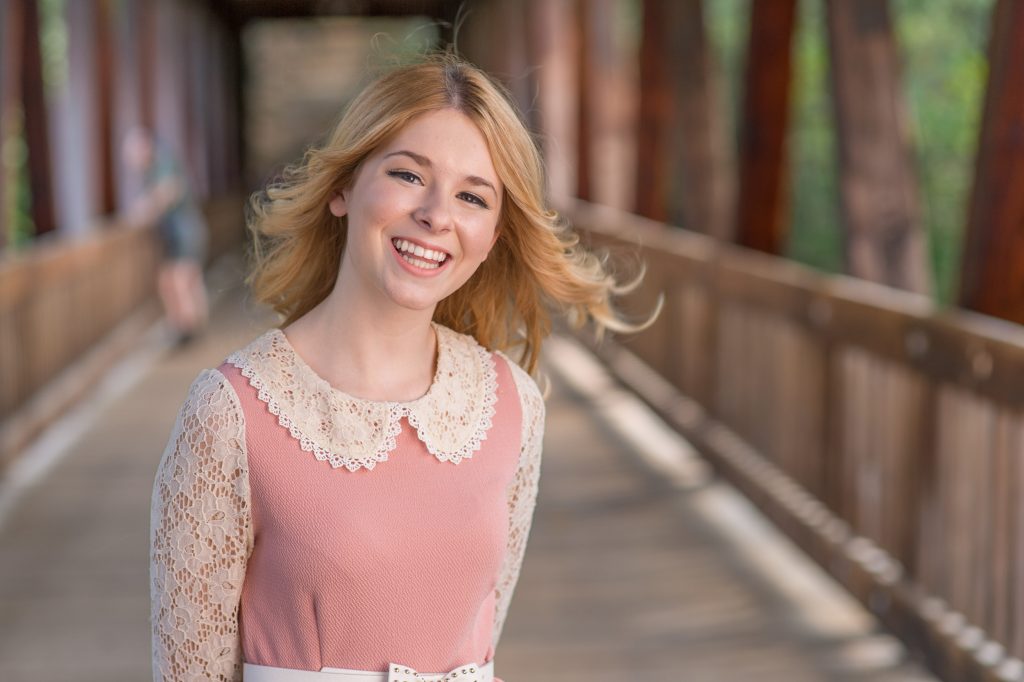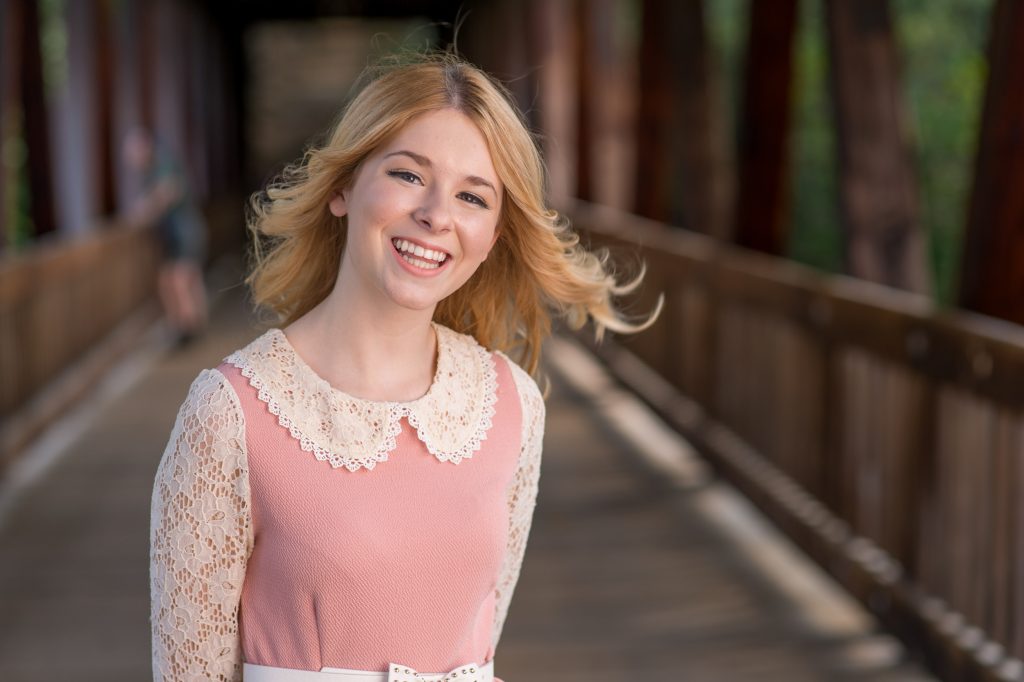Cowboy is trying his best to pull himself back upon the horse during the bucking competition of the Panaewa Stampede Rodeo at Equestrian Center Complex, Stainback Highway, Hilo, Hawaii.
In a world overflowing with information, capturing attention is an art—and nothing grabs attention like a compelling visual. Whether it’s the stunning photograph on a billboard or the mesmerizing opening shot of a video, visuals have the unique power to communicate your message instantly and effectively.
As a storyteller and brand builder, I understand that a strong visual hook is the key to engaging your audience. Think about it: when you scroll through social media, what’s the first thing that catches your eye? It’s likely an image or video that stands out amidst the sea of content.
The Power of a Strong Visual Hook
In video content, the initial few seconds are crucial. A powerful image at the beginning can captivate viewers and encourage them to watch the rest of your message. This isn’t just about aesthetics; it’s about strategy. A well-chosen visual can evoke emotions, spark curiosity, and create a lasting impression that words alone often can’t achieve.

Offering the Complete Package
At Storyteller & Brand Builder Stanley Leary, I offer a comprehensive package to help your organization harness the power of visuals. I work with you to identify the perfect visual hook that resonates with your target audience. From there, I create content that captures attention and drives traffic and engagement. Whether you need high-quality photography, compelling video, or a blend of both, I’m here to help you tell your story in a way that stands out.
Why Visuals Matter
Visuals are not just supplementary to your content but integral to your communication strategy. Here’s why:
- Immediate Impact: Visuals can convey complex messages in an instant. A single image can tell a story that might take several paragraphs to explain.
- Emotional Connection: People connect with visuals on an emotional level. A powerful image or video can evoke feelings that drive engagement and loyalty.
- Increased Retention: Studies show that people remember information better when paired with a relevant image. This means your message is more likely to stick.
- Enhanced Sharing: Visual content is more likely to be shared on social media, increasing your reach and visibility.

Let’s Tell Your Story
Combining my photography, videography, and storytelling expertise, I specialize in helping businesses like yours build strong brands through powerful visuals. I work with various organizations, including Christian groups, nonprofits, and businesses across different faiths, to craft visual stories that reflect their unique identities and missions.
Are you ready to captivate your audience and turn your message into traffic? Let’s collaborate to create visuals that not only draw attention but also communicate your story in a meaningful way. Contact me today, and let’s start building your brand through the power of visuals.







